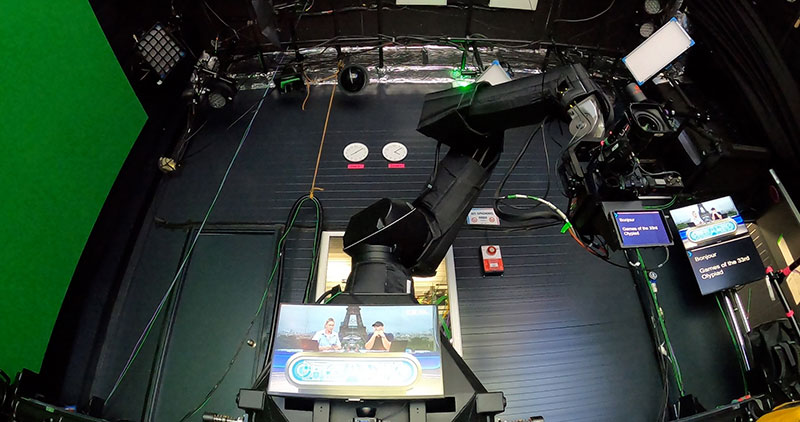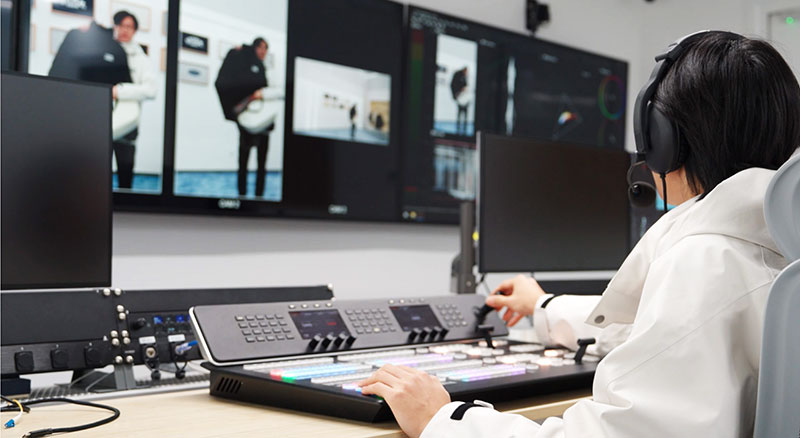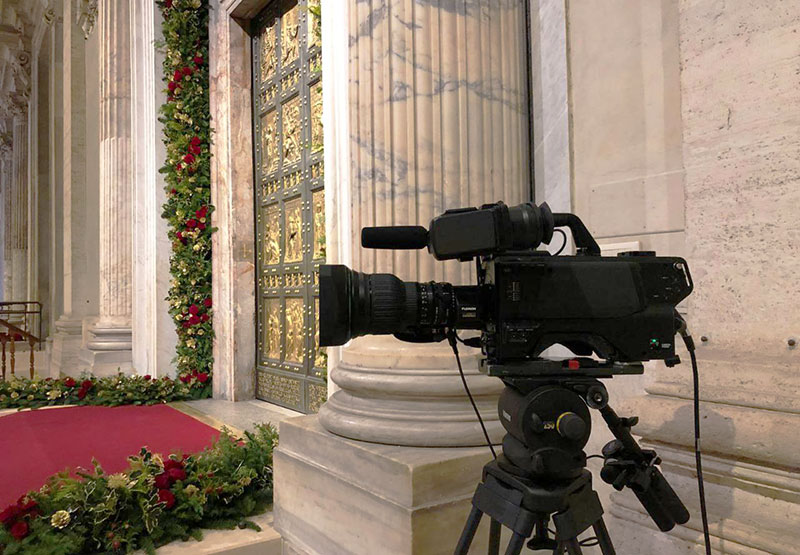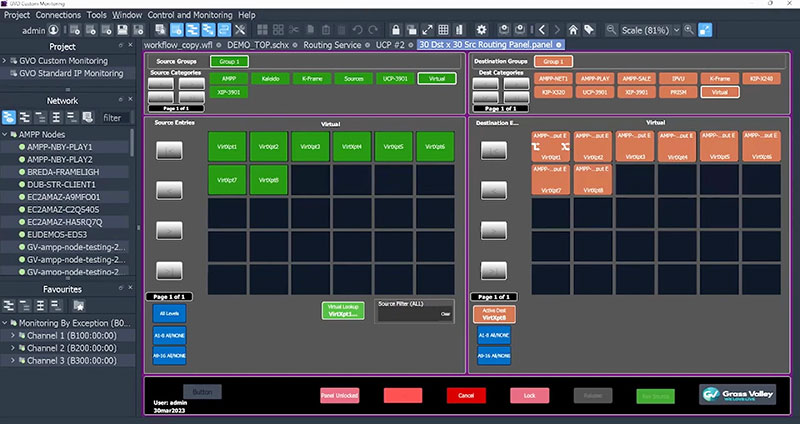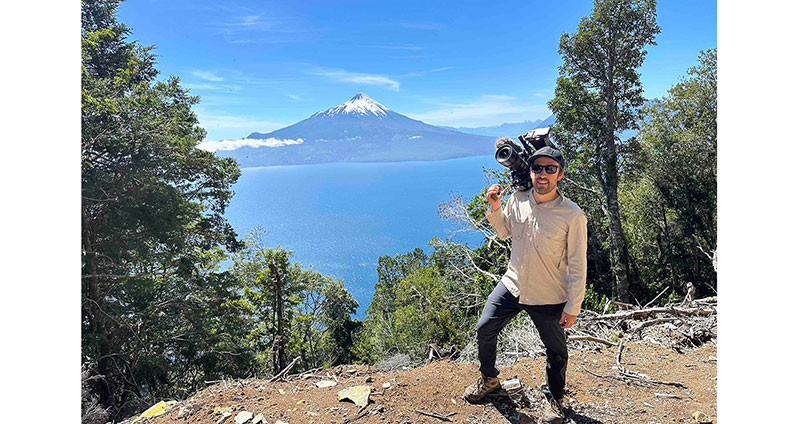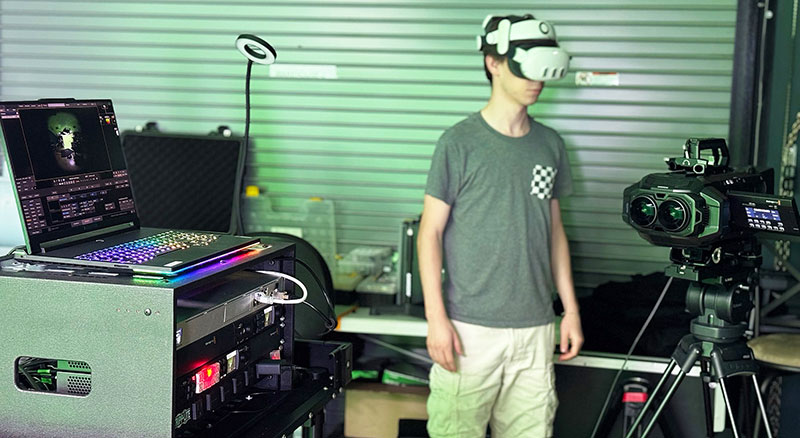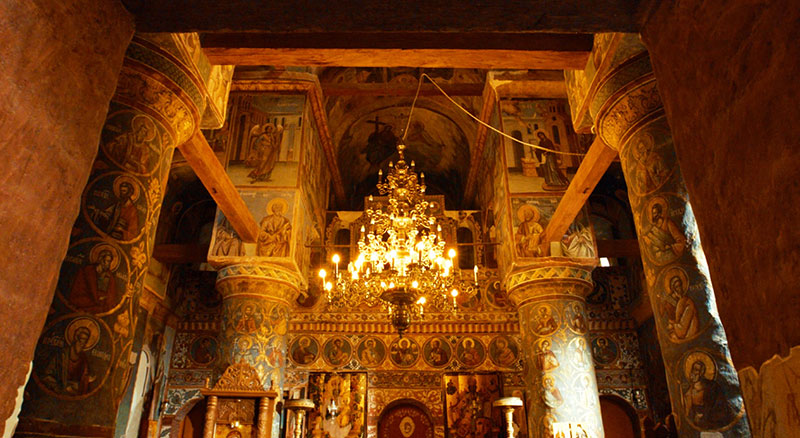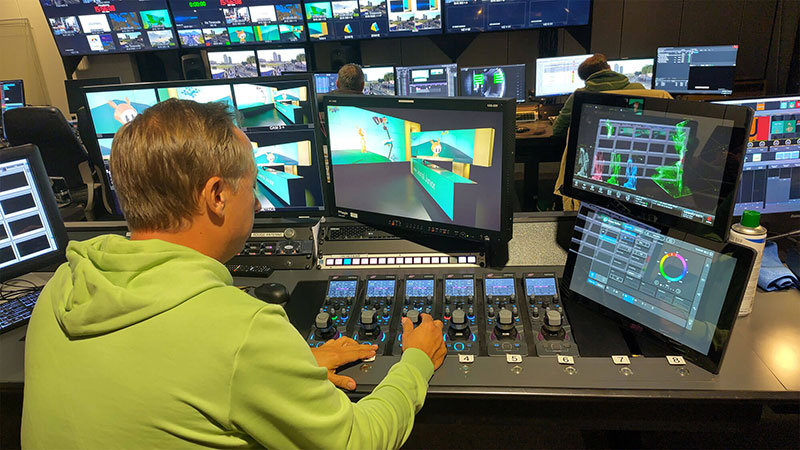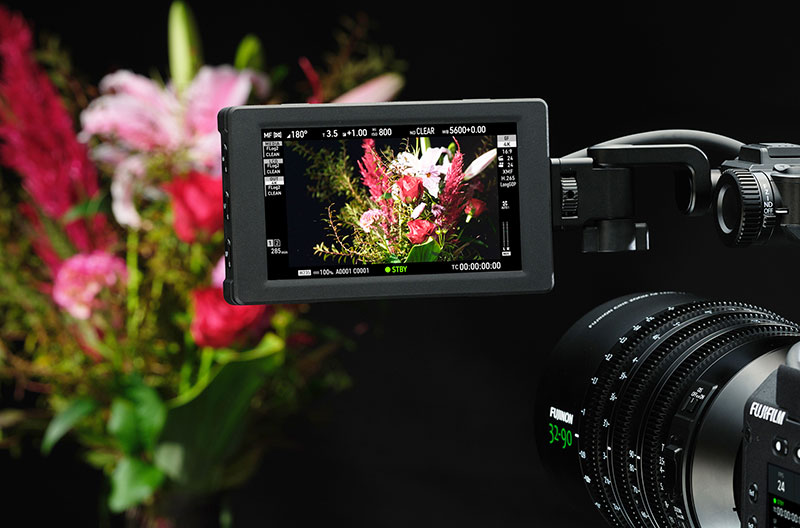Canon’s new EOS C400 cinema camera has an RF mount, triple-base ISO and Dual Pixel CMOS AF II. A Cine Servo lens follows with 7x optical zoom and updated lens-to-camera connection.
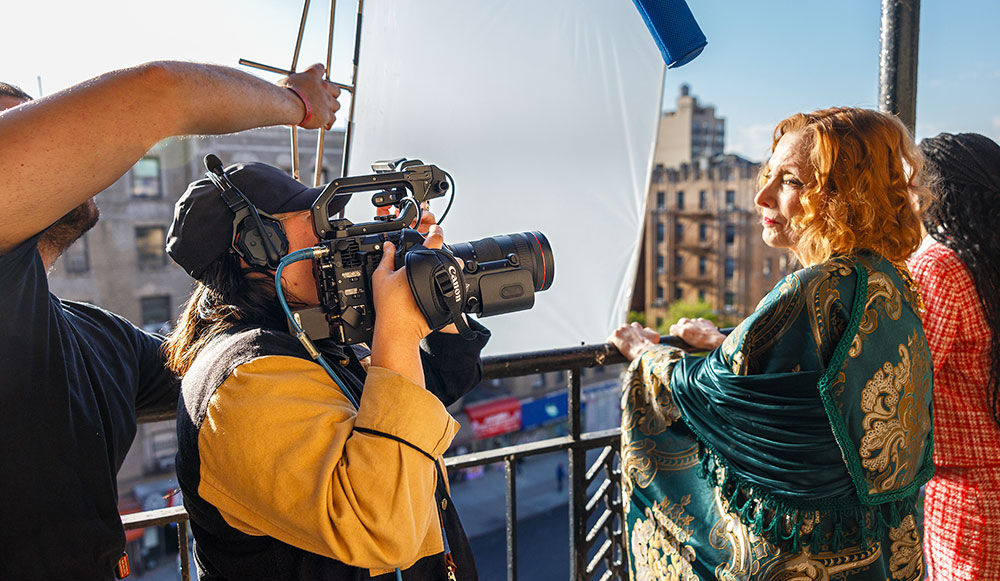
Canon’s new EOS C400 camera in the Cinema EOS lineup is built with features supporting independent cinema and documentary, live and virtual broadcasts, and electronic news gathering (ENG) applications. It is being released alongside a new zoom lens in the Canon Cine Servo range, available with either RF or PL mount.
The EOS C400 is the first cinema EOS camera with an RF mount. Compact with a box shaped design, the C400 is made for ease of use and has in-camera connectivity including genlock, return input and a 12-pin lens terminal, supporting live multi-camera production.
BSI Sensor and Triple ISO
The EOS C400 is equipped with a 6K full frame backside-illuminated (BSI), stacked CMOS sensor, with16 stops of dynamic range. BSI sensors keep the photosite circuitry on the back of the sensor to avoid obscuring the light as it enters the camera, and take advantage of the whole photosite surface, increasing sensitivity and reducing noise.
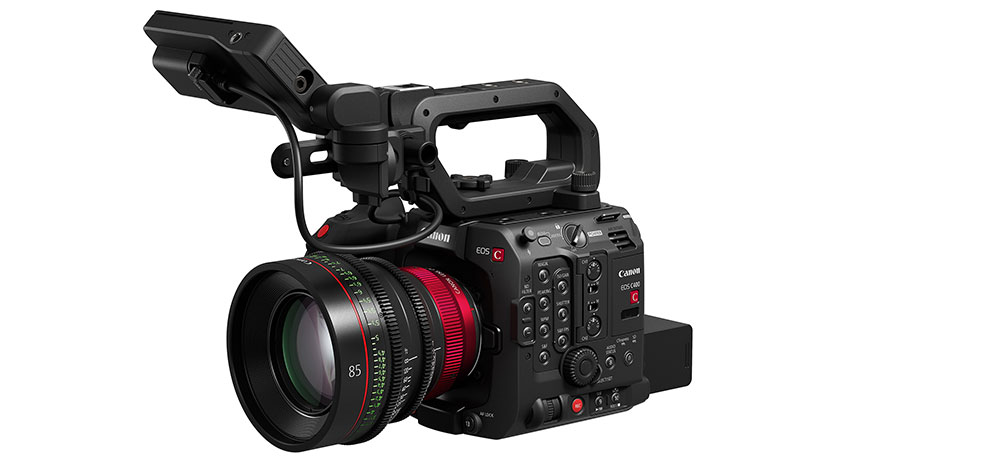
The camera introduces the Canon triple-base ISO system, which improves performance in low light environments. With base ISO levels at 800, 3,200 and 12,800 when shooting in Canon Log 2 or 3, it gives the user more flexibility when trying to film in challenging lighting conditions. An automatic switching mode detects ambient lighting and adjusts the base ISO level accordingly.
RF Mount
The EOS C400 has a Canon RF mount and can be used with any of the RF prime, zoom, hybrid, cinema and VR lenses. It can also be used with a variety of Canon’s EF-EOS R mount adapters as well as the new PL-RF mount adaptor. For projects involving VFX and Virtual Production workflows, the camera has metadata capabilities supporting Unreal Engine and After Effects, and connectivity options facilitating real time frame-by-frame data capture.
Dual Pixel CMOS AF II
With this camera, Canon has introduced Dual Pixel CMOS AF II to the cinema EOS system, improving the autofocus features. With approximately 100% coverage across the sensor plane, Dual Pixel CMOS AF II is fast, precise and reliable, and by capturing less noise, achieves greater image clarity.
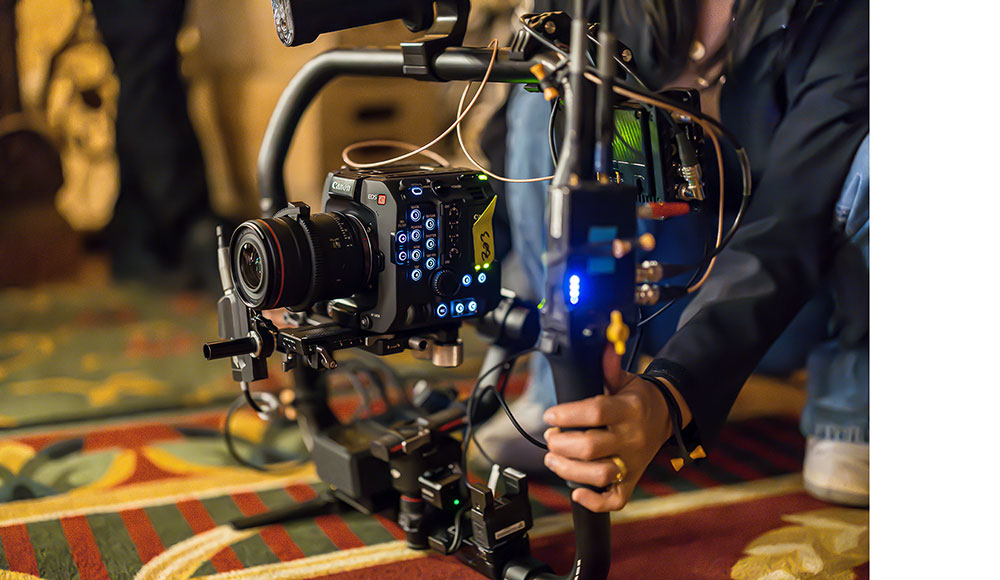
On image sensors designed for Dual Pixel CMOS AF, all pixels have two photodiodes. During phase detection, the data from these two photodiodes are read separately and compared. During imaging, the data from both photodiodes are combined and read as one complete readout. Because the photodiodes are separated, they each produce an image that has a different point of view from the other, creating the parallax needed for AF.
Traditionally, to achieve this parallax, cameras needed a separate AF sensor, or a sensor designed with two kinds of pixels, working in pairs. The AF system analyses and quantifies the differences in the images, and uses them to compute how to adjust the lens to bring the subject into focus.
This latest AF system also adds features such as face/ eye/ body tracking and animal detection and tracking, especially useful when users are working solo in a fast-paced environment.
Recording Formats
The C400 can record internally in a wide choice of formats. Options include Canon's scalable 12-bit Cinema RAW Light LT/ ST/ HQ, 4:2:2 10-bit XF-AVC and the new MP4-based XF-AVC S and XF-HEVC S formats, accommodating several types of professional requirements and specialised filmmaking workflows, with support for professional filenames and metadata.
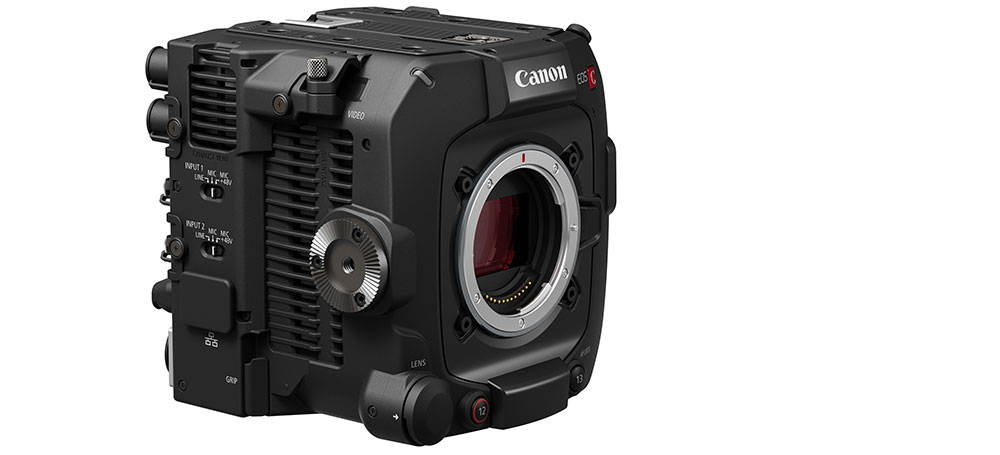
Users familiar with the EOS C500 Mark II will recognise its similarity to the EOS C400’s design, which is more compact but keeps the same connectivity options. This means operators can access features associated with larger scale production cameras without the size, weight or need to attach extra modules.
This new smaller design and accessories, including a versatile LCD bracket, top handle and hand grip are compatible with various shooting styles – handheld, on a gimbal or drone, or shoulder-mounted.
17-120mm Cine Servo Lens
The CN7x17 KAS T, new in the Canon Cine Servo lens range and available with either RF or PL mount, is an update to the previous CN7x lens, developed to extend compatibility with virtual and VFX workflows.
With 7x optical zoom and 17-120mm focal length, the lens suits live sports and news, documentary, film, remote and virtual productions. The lens has 11 iris blades that give softly diffused highlights and out-of-focus backgrounds.
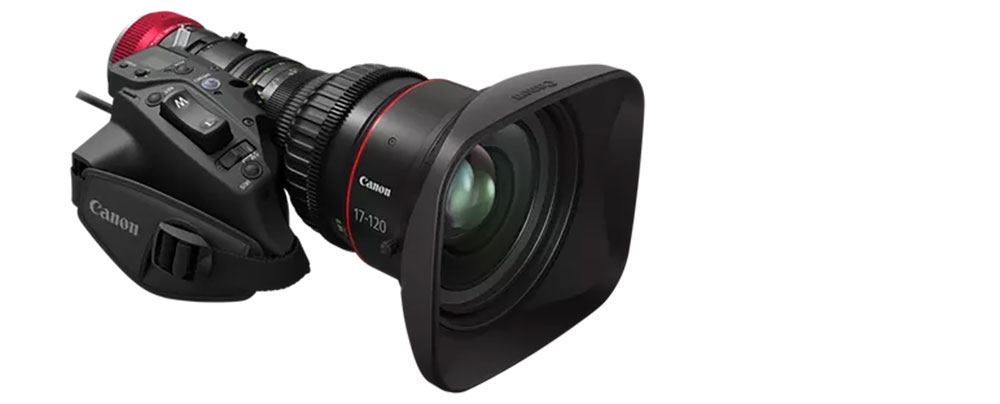
One of its main features are improved connectivity between the lens and camera, easing processes such as real-time lens distortion correction, frame by frame lens metadata and virtual production workflows with an Unreal Engine plug-in tailored for the EOS C400. The PL mount version of the lens supports both Cooke /i Technology and ZEISS eXtended Data, used to correct lens metadata, distortion or shading.
Running on a new e-Xs V digital drive unit capable of optical focus breathing correction and faster iris control, the CN7x17 KAS T has updated metadata support and a USB-C interface for remote control and user settings transfer. With a 16-bit encoder, lens data output for virtual productions is precise.
The EOS C400 is scheduled to be available in Australia in September. The CN7x17 KAS T RF Mount and CN7x17 KAS T PL Mount are due for availability in Australia in October. www.canon.com.au




